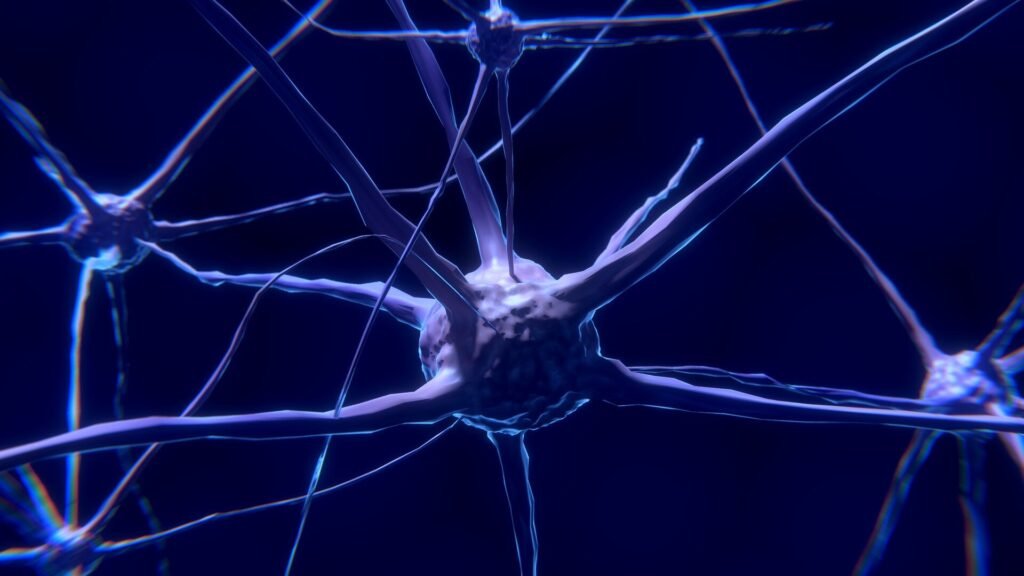The intricate details of how nerve signals activate at the neuromuscular junction have been revealed by an international research team led by a University of Ottawa Faculty of Medicine investigator. This specialized synapse connects motor neurons to skeletal muscle fibers, and the team’s discovery provides a unique perspective on how neuromuscular signals are communicated in milliseconds. The findings could have far-reaching implications for understanding the interaction between nerves and muscles in the body, as well as potentially aiding in the development of drugs for muscle-weakening conditions caused by disease-related mutations.
Using state-of-the-art single-molecule techniques, the team captured atomic resolution structures of a neurotransmitter receptor along its activation pathway. This groundbreaking research, published in Science, sheds light on an intermediate “primed” state that plays a crucial role in shaping communication between nerves and muscles. Dr. John Baenziger, the senior author of the study, highlights the significance of this new insight in enhancing our understanding of neuronal synapses.
The study challenges a long-standing scientific assumption that protein receptors are activated through synchronous conformational transitions. Contrary to this belief, the research reveals that individual components of the receptor move asynchronously, with some parts moving before others. This revelation is key to understanding how disease-causing mutations and drugs affect neuromuscular communication, paving the way for improved treatments for conditions like congenital myasthenic syndrome.
Moving forward, Dr. Baenziger’s lab aims to delve deeper into how the nicotinic acetylcholine receptor shapes communication at the neuromuscular junction. By studying the structures of receptors with disease-causing mutations and observing their response to different drugs, the team hopes to design more effective therapeutics. The study’s first author, Dr. Mackenzie Thompson, has played a pivotal role in solving these new structures, with collaboration from researchers at the Institute of Structural Biology in Grenoble, France, and the University of Ottawa’s Faculty of Science.
The research, titled “Asynchronous subunit transitions prime acetylcholine receptor activation,” is a significant step towards understanding the complex mechanisms underlying neuromuscular communication. By uncovering the primed state of neuromuscular receptors, this study provides valuable insights that could guide future drug design efforts. For more information, the full article can be accessed in Science with DOI: 10.1126/science.adw1264.
This groundbreaking research was conducted by a collaborative team led by the University of Ottawa, showcasing the institution’s commitment to advancing scientific knowledge and innovation. The findings have the potential to revolutionize our understanding of nerve-muscle communication and open up new avenues for therapeutic interventions in neurological and neurodegenerative disorders.


